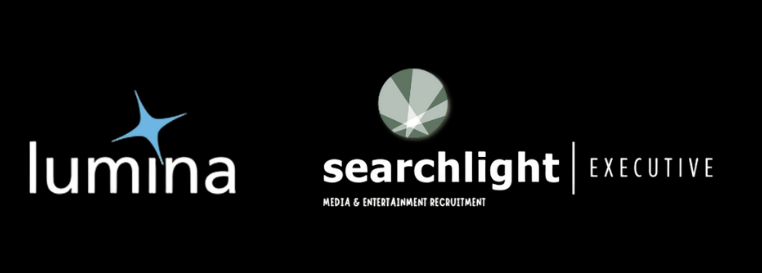
There was a lot of buzz surrounding Fast Channels at MIPCOM this year, so what is it all about?
FAST television – Free Ad-supported Streaming Television – is a group of streaming tv services that are available to customers without a paid subscription.
The services are funded exclusively by advertising, and stream traditional tv programming, setting themselves apart from platforms that mainly offer user-generated content, such as YouTube.
By now, there are over 1,400 available FAST channels in the US, with channels like Pluto TV, Tubi and Roku Channel providing them.
Networks such as AMC and A+E have also taken note and have created FAST channels of their own. The FAST format isn’t far off watching a TV network.
FAST is a linear stream, compared to the other free streaming format — AVOD – which sees viewers choose a title on demand and start at the beginning.
On Wednesday, November 16th, our researcher, Kaiya Simon, attended a Webinar on FAST TV Channels named “Get ready to go FAST.”
Christian Knaebel, Managing Director of Global Media Consult, explained that there are six elements to a successful FAST Television Channel.
These are; consumer markets, products, advertisers, data, distribution & audience.
Agreeing with this, Marco Frazier, Founder & MD of Screen+, added that because FAST TV is moving very quickly and continually evolving, marketing is also critical.
Chris Pfaff, CEO of Chris Pfaff Tech/Media LLC, told attendees that we need to look at behavioural patterns that have been around a long time.

For instance, there’s an increase of viewing on mobiles but a decrease on television. All three speakers agree that the audience is one of the biggest parts of FAST Television Channels evolving.
How people address audiences will contribute to fast TV on mobile, and there are still opportunities to capture audiences that haven’t been tried, says Christian.
If a company super-serves a passionate audience, they’re on the right track, says Chris. So, a FAST channel is chosen through an electronic programming grid (EPG), with the title on a channel connected with the audience.
National and local news, along with other content formats, have easily adapted to FAST, and have seen a huge leap in channels over the last year or so. This is due to content creators recognising that the best way to reach an audience is to go to them rather than assume that they’ll come to you.
Sports is still slow to embrace FAST channels. But making better use of sports channels in general is likely to help increase viewership, engagement and monetisation.
‘Single-show channels’ is another content trend on the up, that consists of episodes for only one show, like when cable networks would run episodes back-to-back.
The shows best suited to a single-show channel are older ones with a dedicated fanbase — such as “Baywatch” and “Unsolved Mysteries”— that regularly appear when users browse their available channels.
While FAST was made on older licensed TV shows and films, the rising competition for viewers means channels are turning to original content too.
Not every FAST service has the budget or suitable studio for originals, though others owned by Big Media companies such Peacock (NBCUniversal) and Pluto TV (Paramount) will be watching this growth closely. The incremental revenue streams for producers and broadcasters suggest Fast Channels are here to stay.
Read “Life in the FAST Lane” to get an overview, data and analysis of FAST today.

